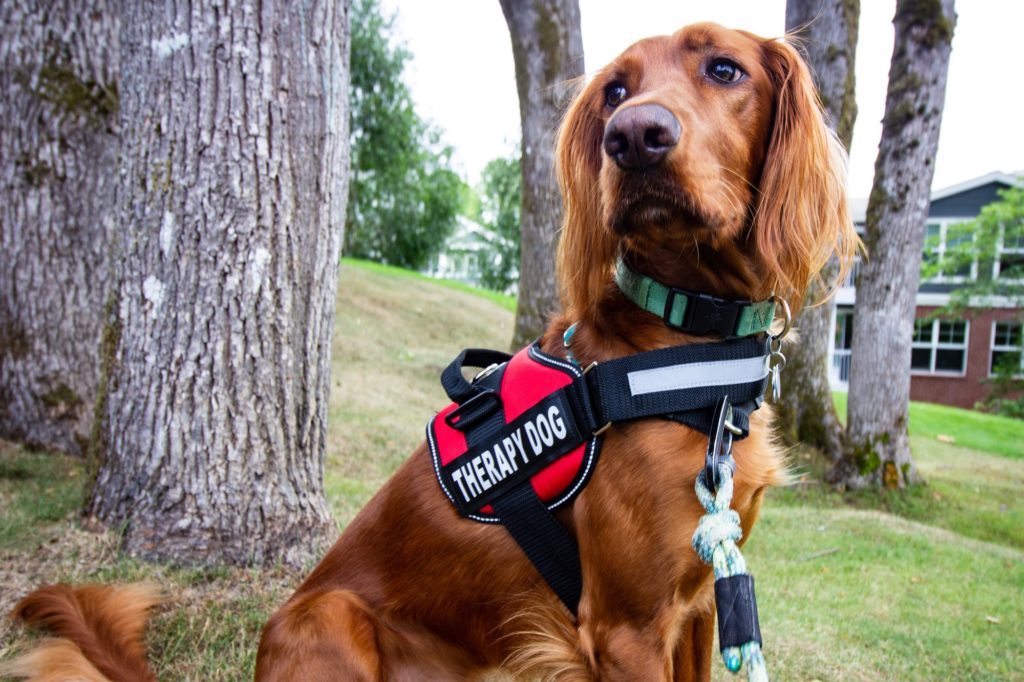
How to Travel with a Therapy Dog
Before getting deep into how you can travel with your therapy pet, let’s first define it. A therapy dog is a trained canine that provides comfort, affection, and support to people, especially those sick in hospitals, nursing homes, retirement homes, hospices, schools, and affected areas hit by disasters. Sometimes, you get attached to your therapy dog and need to travel with it. But is it possible? This article is suited to give details and ways to quickly and safely travel with your therapy dog.
1. Laws and Regulations
First, you need to understand that these dogs aren’t treated the same way as service dogs in airways and other forms of travel. Their movement is always restricted and mostly depends on the by-laws of a country concerning animals’ movement. In most cases, Therapy dogs get treated as regular pets. This situation means you need to get a permit that will allow you to move with your dog from one area to another with ease. You can quickly get these permits through therapetic.org if you need them. They will offer free and confidential screening tests and all the support you need with your pet. They always understand how important it is to have your pet by your side while traveling.
2. Housing
Does your destination apartment accept therapy dogs? You need to consult with your landlord or property owner if pets are allowed into their residences, especially on leased or shared buildings. Since therapy dogs are not covered in by-laws like service dogs, some property managers may refuse or accept individuals moving in with these pets. You are required to inquire early in advance before making plans to carry on with your dog. Sometimes, it goes against the law denying someone entry to a house because of a pet. But as a courtesy sign, it’s good to enquire first.
3. Accommodation in Schools and Colleges
Did we mention therapy dogs are also useful for stressed students? Yes, we did, and this requires them to know how they will live with these dogs in their dorms at school. Most schools and colleges have strict rules concerning having pets in dormitories. Before making travel arrangements with your pet, you can write or talk to your school administrations and see if they accept pets and if any agreements should be made to cater for your dog. You need to see if there are any forms to fill or any other additional measures you should take to be allowed to have your therapy dog in school.

4. Airports and Airplanes
This is a crucial stage you should note while traveling with your therapy dog. It takes more than just having an agreement with your airline to go with your dog. Some airlines allow individuals to travel free of charge with their service or emotional dogs. You need to confirm if your therapy dog is covered under such laws or it needs to be paid for, to be accommodated into the airline. Most airlines treat therapy dogs as pets, which must be paid for, but you need to check this out before making your travel arrangements.
5. Access to Public Areas
Are you traveling to a public area or a private facility? It would help if you considered this before making your travel arrangements with your therapy dog. It is easier to access a public facility with your therapy dog than on a private facility. Whether you are at a hotel or work, you should inquire about the rules and regulations involved there concerning pets, since in most cases, therapy dogs get treated as pets. There are some workplaces and hotels which offer strict measures in regards to pets. Please enquire and know their rules first before traveling.
After making the above preparations, you are now ready to travel with your pet. Always make sure you have a comfortable crate or housing to carry your pet with, have a tag – just in case your pet gets lost, and always make sure your pet skips a meal a day before the date of travel. While on the journey, keep your pet dehydrated and give it something like a toy. There are also things to avoid while traveling with your therapy dog, including leaving them unattended or neglecting them and failing to attend to their emergencies.
Always try to keep your Therapy dogs as close as possible. Please enable it to feel attached to you even on a journey or once you land to a new place. This article has provided all the tips you should understand and take before moving to a new area with your therapy dog. We have also highlighted a few steps to avoid ensuring your dog is safe and comfortable while in transit.










